Arcosanti: Futuristic desert colony, and final legacy of the visionary architect Paolo Soleri.
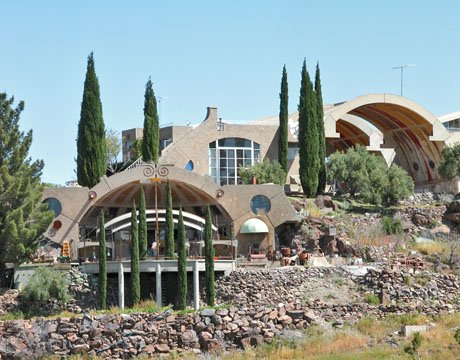
If you were to venture out into the desert of Yavapai County, Arizona, you may come across what at first seems like it must be a mirage. Strange flowing forms join together in unfamiliar ways, taking shape as you draw near, revealing itself as a town unlike anything you've seen before. Welcome to Arcosanti.
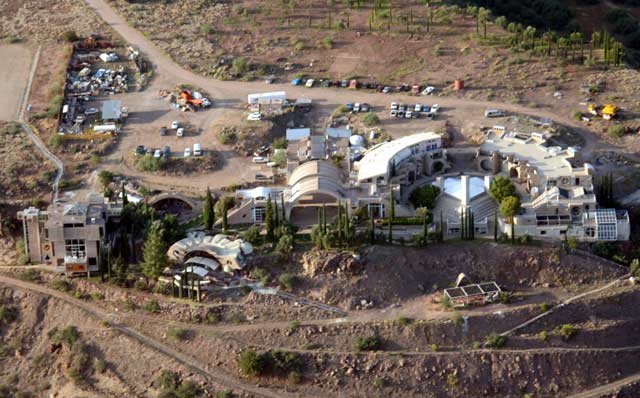
The brainchild of renown architect and thinker Paolo Soleri, Arcosanti represented the first livable implementation of his "arcology" concept, which meant the intersection of architecture and ecology. He meant to demonstrate how towns and eventually urban centers could be built in such a way as to make them more beautiful, livable, and less environmentally harmful.
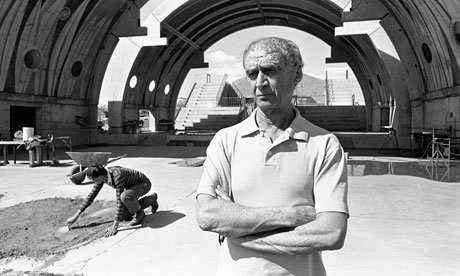
Soleri, an Italian, settled in Arizona in 1956. Prior to that he'd only visited the US for the purpose of collaborative projects, one of them with Frank Lloyd Wright. Arcosanti was built with the help of multiple generations of architecture students who studied under Soleri, and soon Arcosanti became world renown as an "urban laboratory" for testing architectural ideas.
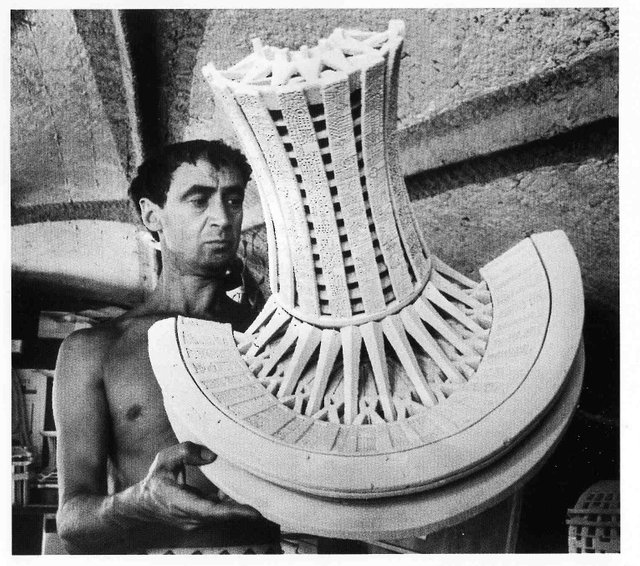
The word "arcology" soon took on a life of its own, however. Soleri's endgame was never simply to build a town in the desert. Rather it was the consolidation of whole cities into single dense, beautiful structures. A single structure indoor city would be vastly more efficient to heat and cool, more durable against violent weather, and in a variety of other ways could insulate those inside from the worst effects of a changing climate.
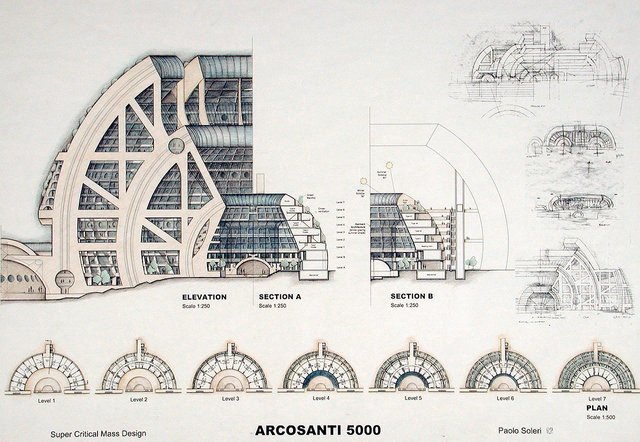
Brought into the public consciousness by science fiction films like Blade Runner and Logan's Run, arcologies were all the rage in the 1970s. It was believed that by now, we'd be living in single structures housing many millions of people each, some large enough to be visible from space. While no arcologies yet exist, urban centers continue to consolidate with skyways and underground levels which connect them. Could arcologies be the natural end point of that process?
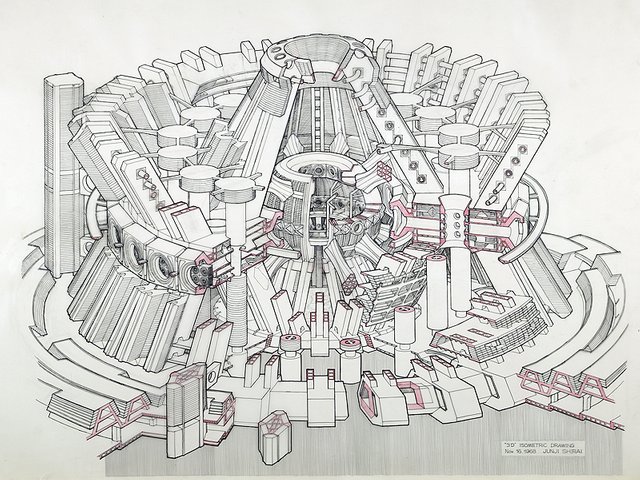
Arcology proposals inspired by Soleri's work, such as the Shimizu Mega-City Pyramid, continue to capture the public's imagination. The legal and social complications of living in a single building make arcologies unattractive for the time being, but as temperatures rise and the composition of the atmosphere changes due to melting methane ice on the arctic seafloor, it may become a necessity rather than a possibility.
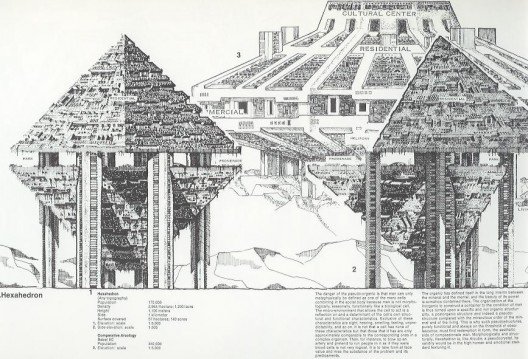
Most of Soleri's designs have gone tragically unused. Perhaps too wild, too strange for a species which still primarily dwells in wooden boxes and goes to work in larger, concrete boxes. Naturally we drive between the two in metal boxes on wheels, and are buried in boxes when at last we expire. I have written before about geodesic domes, and my general desire to break out of this boring rectilinear paradigm. A lot of that comes from the influence Paolo Soleri's architecture and other ideas have had on me.
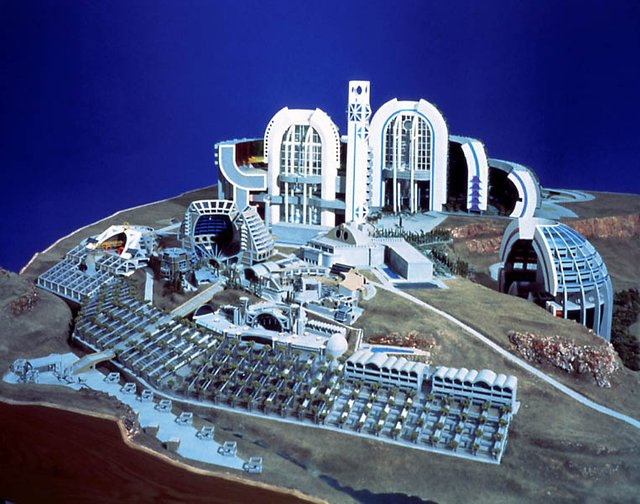
There will at least always be Arcosanti. Made self-sustaining by a bronze bell casting business, those who call Arcosanti their full time home generate enough revenue to effect ongoing maintenance of the structures. This in turn ensures that the largest physical demonstration of Soleri's brilliant ideas remains in the best shape possible, given the harsh desert conditions where it was built.
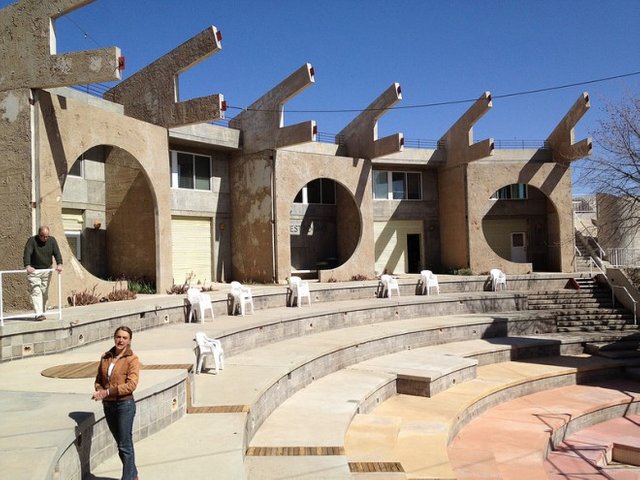
So there it stands, simultaneously a relic of the past and a harbinger of the future. A future in which conditions will become warmer and more arid, in which we may need to turn to Soleri's arcology concept as an economical means of sheltering the population of developed countries from the consequences of our own pollution.
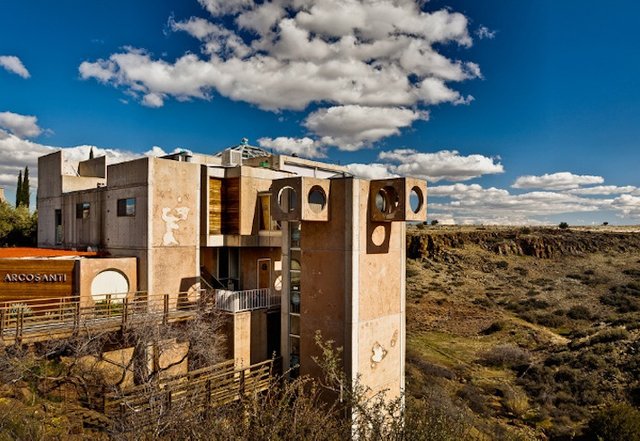
Perhaps in doing so, by physically bringing everyone closer together, we might avoid a similar tragedy of the commons in the future. Only the artificial degree of separation made possible by the anonymity and alienation inherent in modern city design has allowed people to become so estranged from one another that we believe the illusion that my problems are not in some way your problems, and vice versa.
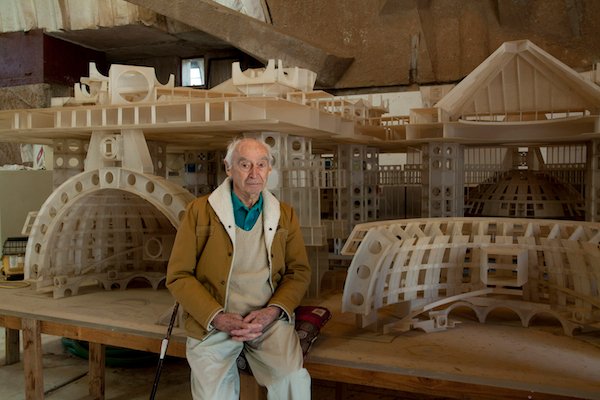
This is Awesome!
Very interesting!
Structures are so valuable to daily life, yet most people take them for granted! We're all about sustainable building (we have a geodesic dome on our property), which necessitates innovation, and I'm grateful for all the architecture inspiration we can get--it's a rich yet generally untapped area for self-expression! Thanks for sharing this post and great photos, @alexbeyman!
great article! Would be interesting to have such big ¨houses¨ more tested in the real world. Who knows maybe also soon on Mars :)
Very possibly, since we'd have to build Martian cities out of the materials we can get on Mars itself. Much as Arcosanti is made from the materials available in the desert, and as such resembles its environment in color and texture.
Really cool, never heard of this man before or his ideas. Thanks for teaching me something today.